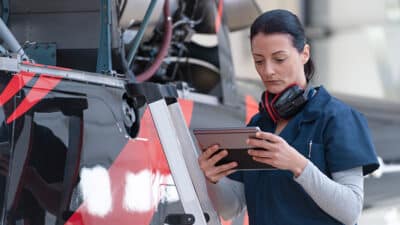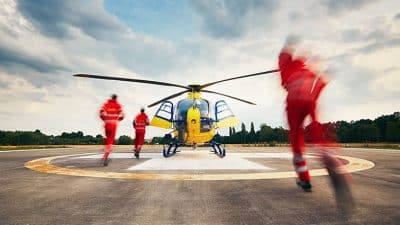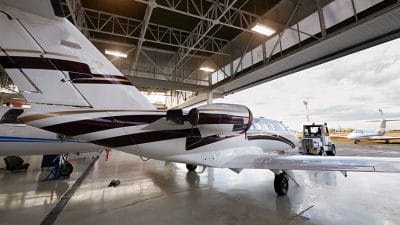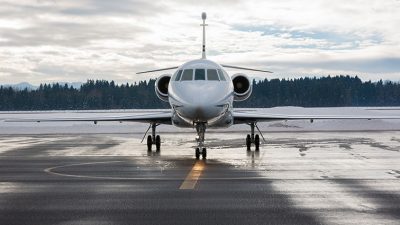Safety Systems (SMS) - SM4 Safety Articles & Resources

SMS and ERP: Moving Toward Full Integration
Regulatory approaches to aviation safety are after-the-fact reactions to major incidents and accidents or historical data studies. Where working safety professionals value proactivity and prevention, governmental agencies often take an…

Getting to Zero One Report at a Time
In the world of safety management, the goal is zero accidents and incidents. While zero may seem an elusive and unreachable goal, improvements in processes and attitudes can prevent accidents and generate a positive culture of safety within an organization if everyone participates.

What If I Can’t Sleep 8 Hours?
Sleep is precious. Ample scientific evidence exists that getting enough sleep sharpens the brain, improves mood, helps with weight management and boosts athletic performance. In fact, the American Heart Association recently added sleep to its cardiovascular health checklist. But what if you’re an aviation professional who struggles to get eight consecutive hours? Your total daily sleep may be enough.

To Declare or Not To Declare
Due to a greater prevalence of “critical events” compared to higher-status “emergency response plan-activating events,” we propose that critical events pose a powerful opportunity for practicing and refining emergency response procedures. We also feel organizations should “over-respond” to critical events out of an abundance of caution.

Safety Reporting: Crewed and Un-Crewed
It’s an exciting time to be part of the expanding UAS industry. It has been a whirlwind to watch the growth from its earliest days until now. Over the next few years, it will continue that evolution and expand in tandem with regulatory standards and guidelines for its safe operation.

Safety Reporting: An Obligation and Opportunity to Contribute to the Greater Good
Safety in aviation is always a top priority. There are many ways to approach this important task, with the first line of defense being a keen and constant personal awareness of one’s habits, health, skill and environment. But even under the best conditions, sometimes there are still various factors that lead to safety incidents or accidents.

Ground Incidents – Slow Down To Go Fast
There are approximately 27,000 ramp accidents and incidents worldwide each year. While the injury rate is about 9 per 1,000 departures, and we care deeply about the cost to our personnel, the price we pay for these mishaps goes far beyond the bodily toll. Ultimately, we must slow down to go fast.

Selecting Items To Include on Your FRAT
At its core, the Flight Risk Assessment Tool (FRAT) is a pre-flight evaluation of potential threats faced in a mission or flight. Developed from research and detailed study of accidents occurring in the aviation industry in the early 2000s, the FRAT was revolutionary when it became mainstream in 2007.

Developing Escalation Thresholds for Emergencies
Your view on what constitutes an emergency is significantly shaped by your education, training, life and career experience and by the scope of your responsibilities and job functions.
